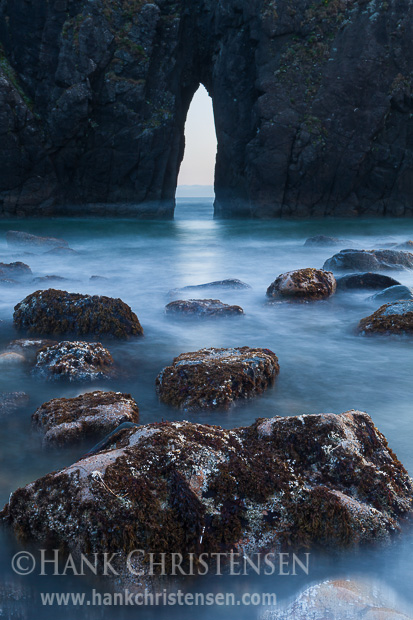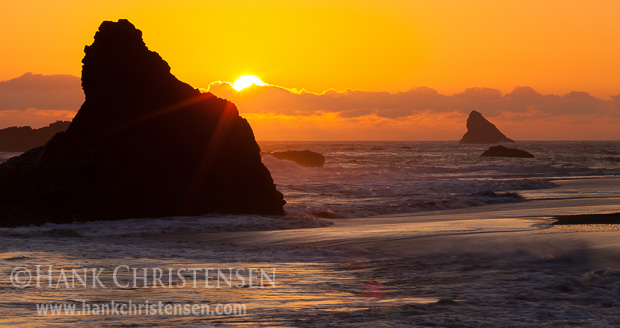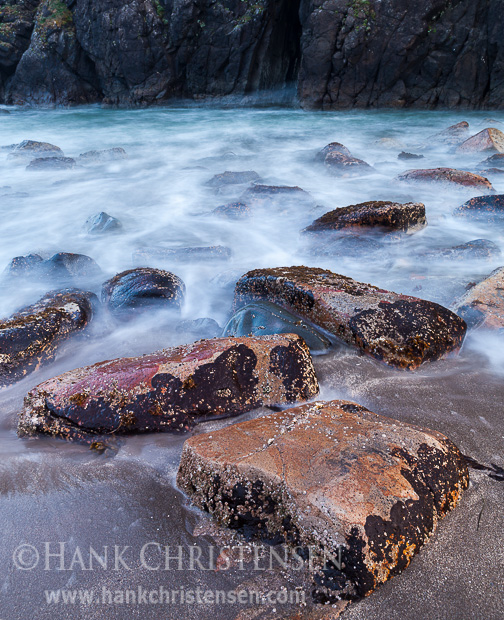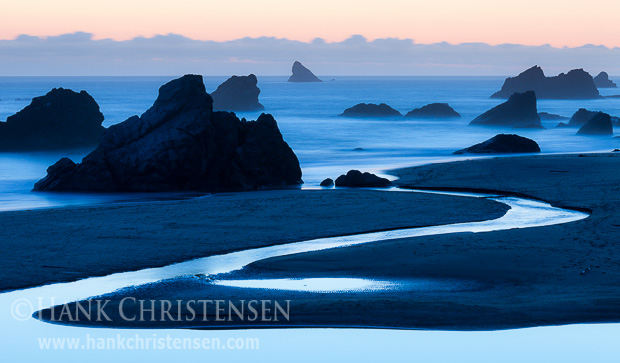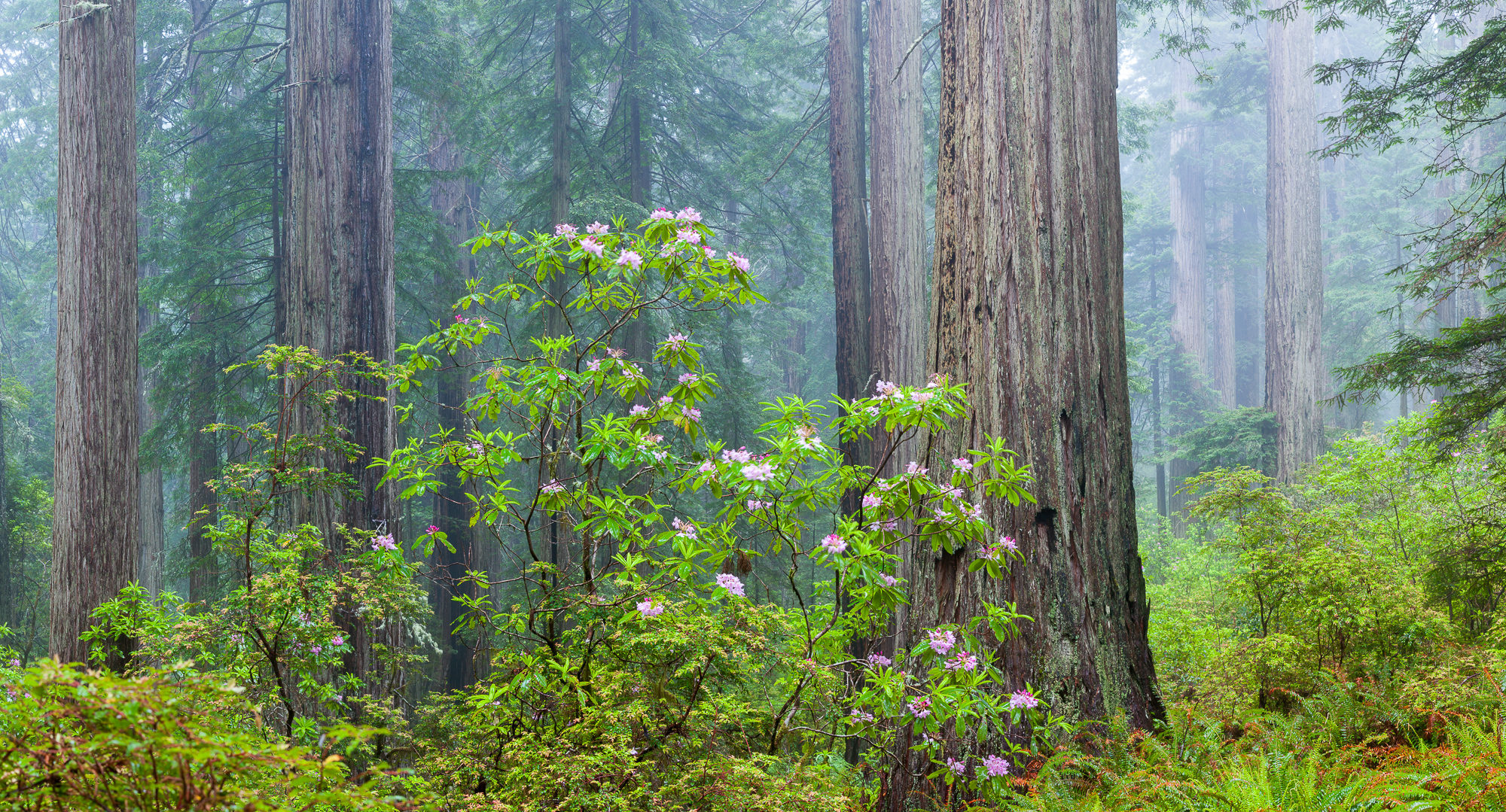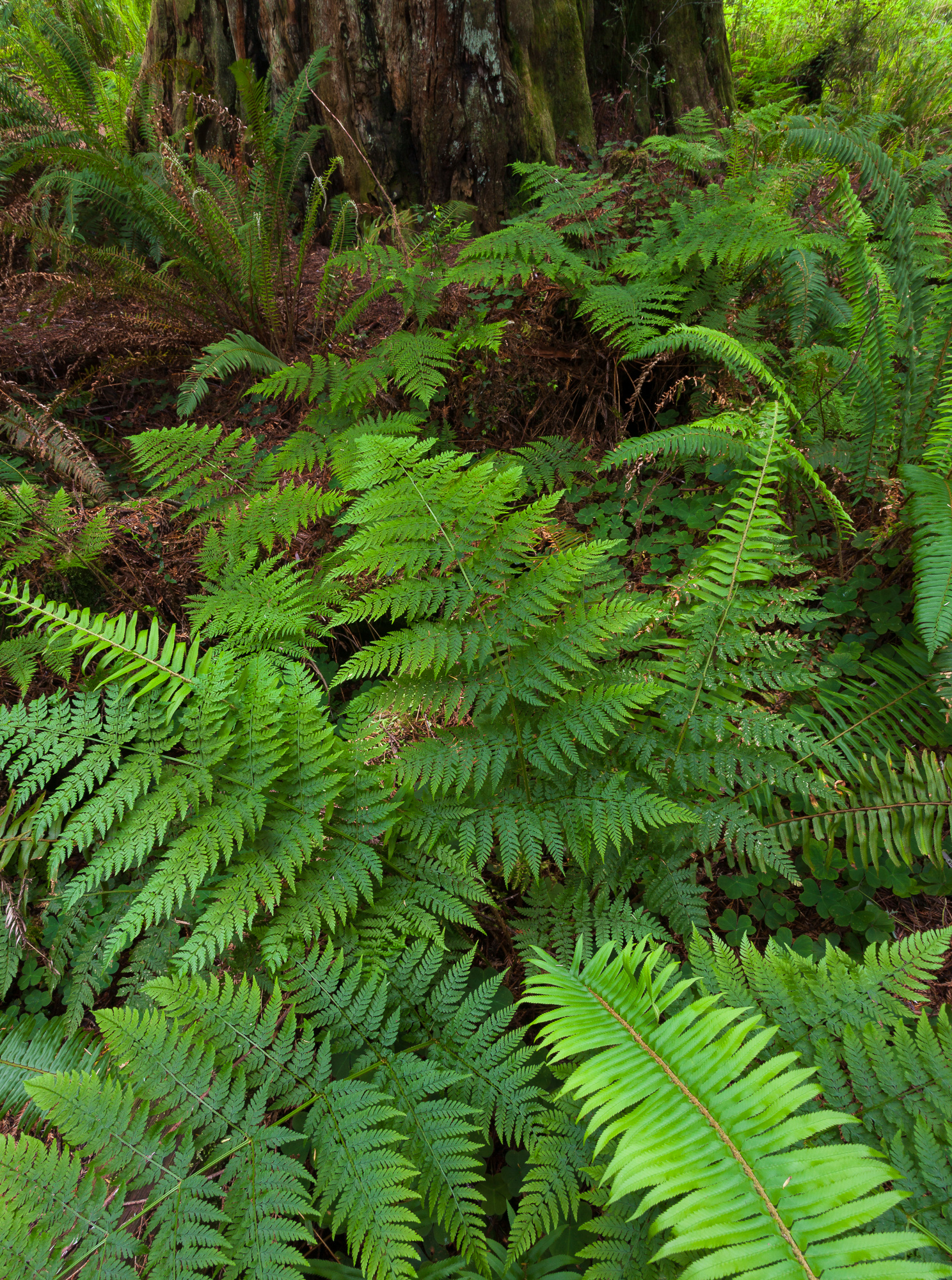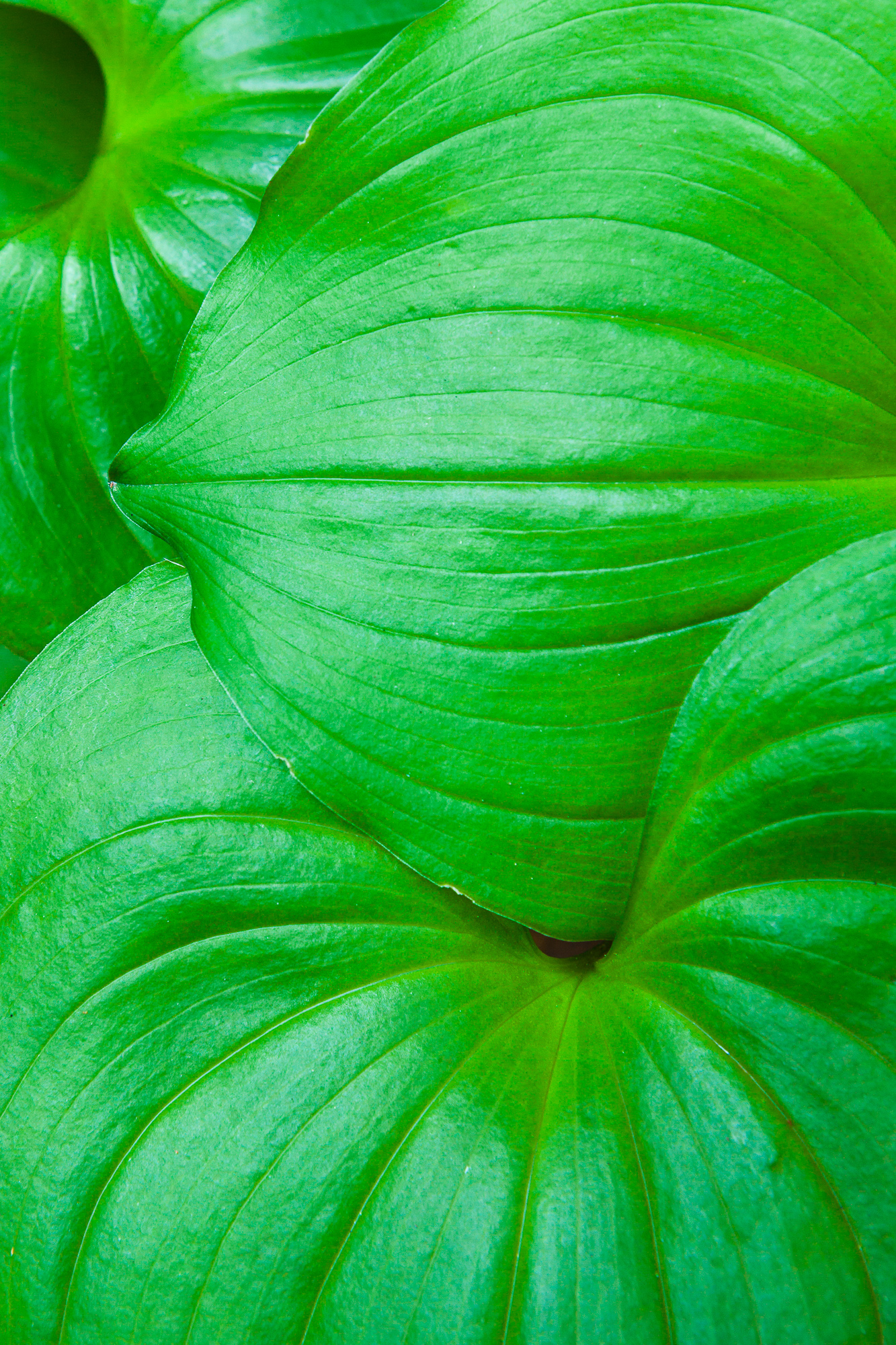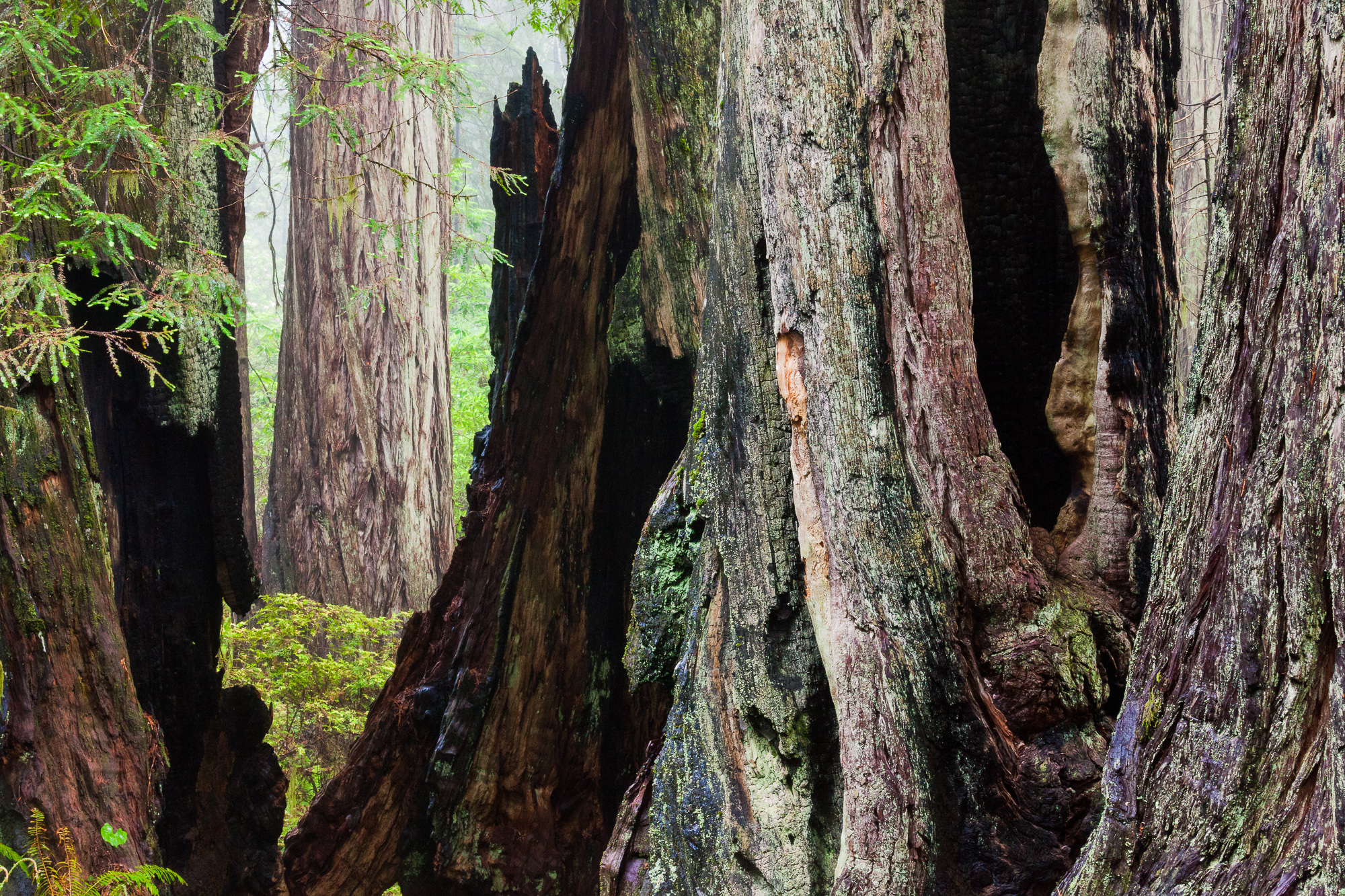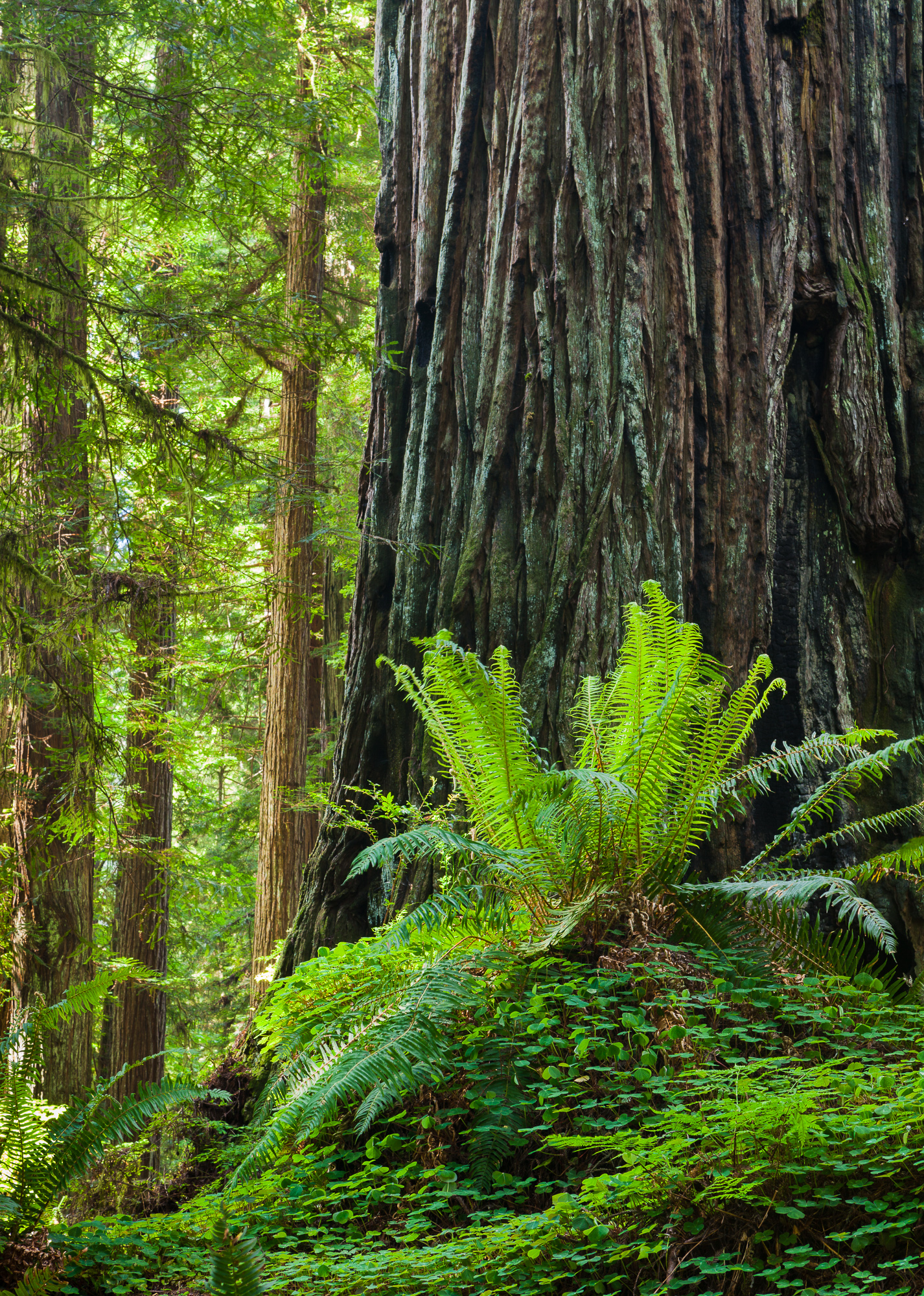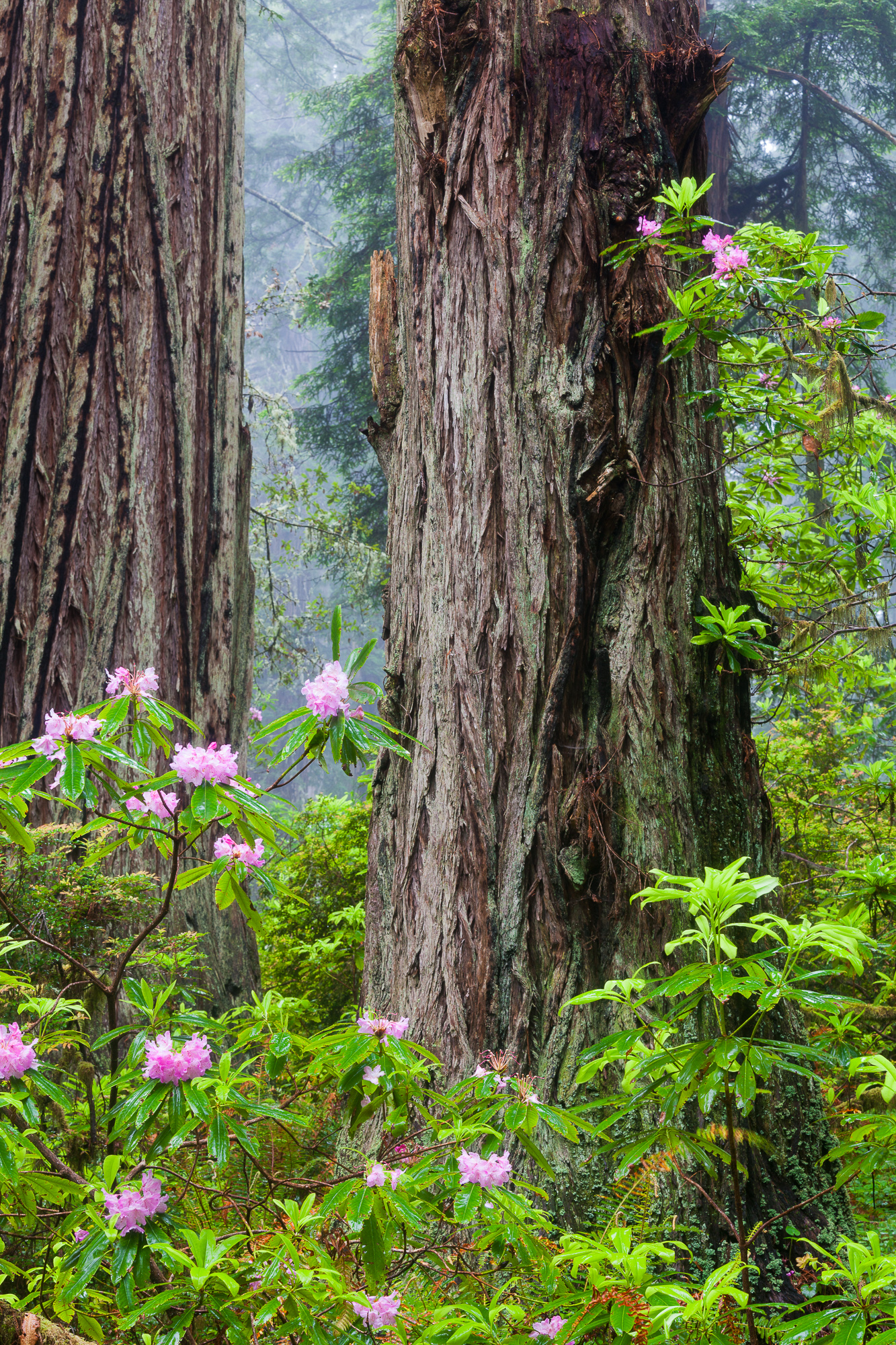If you missed part one of my JMT adventure, you can find it here.
Waking up the second morning of my JMT attempt, I felt rejuvenated and ready to go. I had dried out from the previous day’s afternoon thundershowers and the elevation gain did not look as grueling as the day before. Top that off with a 6AM start, and I was ready to get some miles under my feet.
Our day’s journey was supposed to take us at least to Tuolumne Meadows. If we made good time, we would consider pushing up into Lyell Canyon. As soon as we hit the trail, we were greeting by morning views of Mt Clark. The rising sun cast the peak in side-lighting, accentuating its scabrous textures.
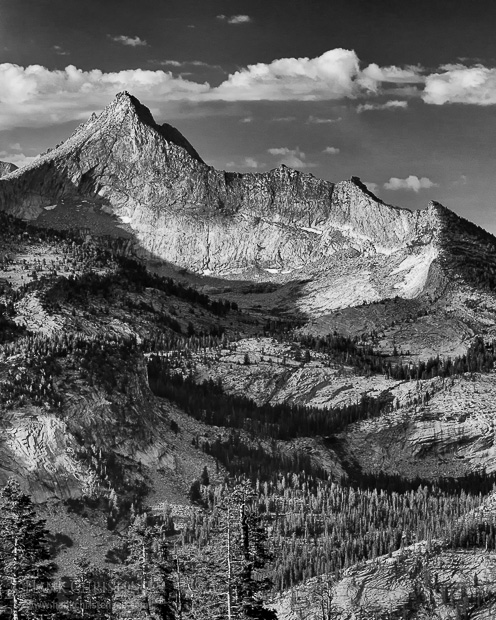
As the trail climbed ever upward, it moved through areas of dense pine forest. As I often do in changing conditions, I made sure my camera / lens combo was set up for any rapidly unfolding situation. In this case, I attached my 70-200mm lens in case we happened to see wildlife stirring in the early morning. I was not disappointed!
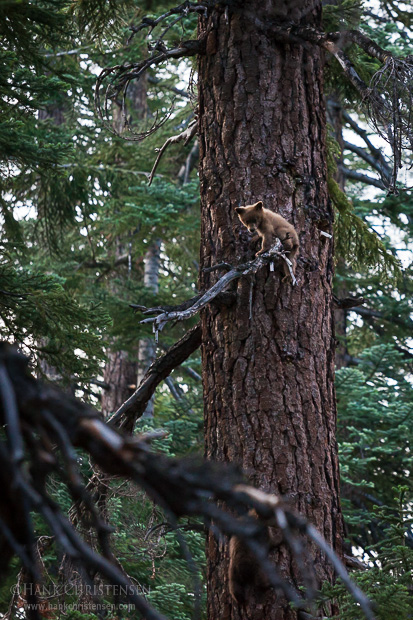
We heard a rustling off to our right side and sighted a large black bear standing next to the trunk of a tree looking right at us. Movement above caught my eye and I realized that this was a mama bear who had just treed her two cubs in order to get them to safety. My heart instantly started thumping in my chest. It was very exciting to see so many bears at once, but a mother and her cubs can be a very dangerous combo. Luckily my camera was ready to go, and my ISO was raised high enough to manage the dark morning of the forest.
After a while, the mother turned and walked away from us, and her cubs realized it was time to go. They nearly ran backward down the tree and lumbered off toward their mom. This made four bears sighted in less than 12 hours, as we had seen a large male the evening before just after the rain stopped.
Soon we were on the well-worn train between Sunrise camp and Tuolumne Meadows. We made quick work of this portion of the trail as we had both done it together before. Of course, we had to stop for some of the prettier vistas.
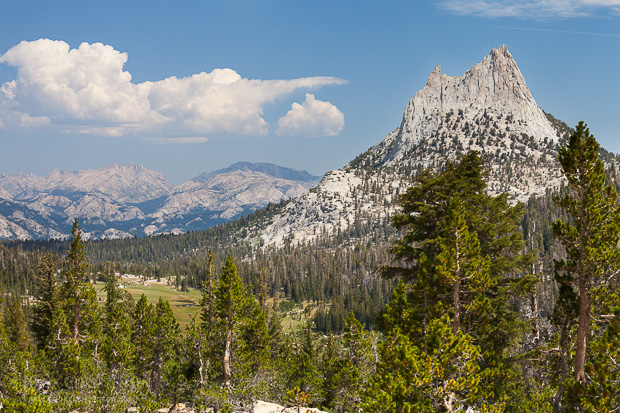
The day grew hot and we slowed down. The backpacker’s campground seemed an endless distance, always just around the next corner. Finally we arrived in the early evening, definitely not able to continue further that night, as we were feeling the day’s 15 miles. We camped in Tuolumne, ready to hit the trail early and tackle Lyell canyon. As soon as we set up camp, rain visited us again. At least this time we were done for the day and could retreat into the relative comfort of our tents.
Next morning dawned clear and cool. Perfect weather for blasting up a relatively flat and open canyon, trying to get to Donohue Pass as early as possible. However, as soon as we began our climb, those ominous clouds began to form again, this time much earlier in the day.
Upward we climbed, ever closer to the pass, as the clouds gathered and darkened. Soon the familiar patter of rain filled the air, picking up intensity with every step. At first I hoped the clouds would pass on by, but finally I gave up and stopped to put my camera gear away. I was prepared with a dry bag big enough for my camera body and the two lenses I carried with me, but this meant hauling my ten pounds of photo gear without the benefit of being able to use it.
As the wind picked up and lighting started to test the distant peaks, our morale plummeted. Finally, Steve had enough. He stopped and yelled to the sky, “If this is the misery you’re going to put us through, at least show us a lightning bolt up close!” Not five seconds passed before the air concussed around us with the boom of thunder, as a lightning bolt hit a peak a quarter mile from the pass. “OK! That’s close enough!” I blurted out. We stared at each other wide eyed, instantly appreciating the potential ferocity of Mother Nature.
Noon stretched into a long, rain soaked afternoon. We reached the pass and descended through a pretty alpine valley, one I must visit again in better weather conditions. The storm demanded a forced march, as stopping in such wetness was even more miserable than moving through it. Our desired campsite for the day came and went; our problem this time not a lack of drinking water but that of a dry place to sleep. Finally we reached Thousand Island Lake, and after 20 miles, our exhausted bodies required we stop, dry campsite or not.
After quickly throwing our tents up and dumping out our gear, we huddled under Steve’s rain fly to eat a quick dinner. Passing out in my tent finally brought some somewhat dry relief.
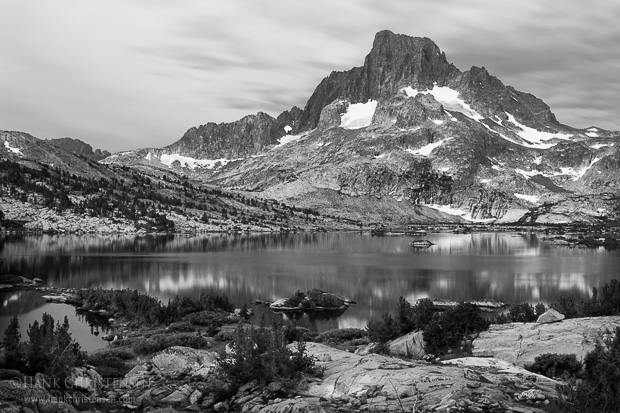
Tired as I was, I woke before dawn to a dark gloomy sky. But at least it wasn’t raining. I got out of my tent to enjoy a few moments out in the air, and to see if I could grab a couple of pre-dawn shots of the lake. Even with the foreboding weather, this lake and Banner Peak that towers above it create a gorgeous scene. I converted the shot above to black and white, because the early light cast everything in a pale blue, flattening out the contrast. Using black and white allowed me to pull some of that contrast back into the photo, showing off the subtleties of the rocky shoreline and face of the peak.
Just as I walked back into camp and started packing my tent, the rain greeted us once again. This was too much! The only reason we were out here was to enjoy the long journey along the trail, and we certainly weren’t enjoying ourselves. We discussed abandoning, and after meeting up with a group of JMT hikers who had already decided the same, the deal was sealed. Seven short miles of descent and we were boarding a shuttle bus to Mammoth, where a shower, beers and burgers awaited.
Abandoning the trail was a disappointment, but turned out to be a good decision. As it poured in the mountains for another seven days, it turns out it was just not our year.





